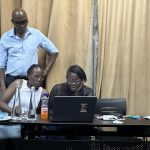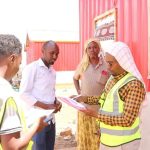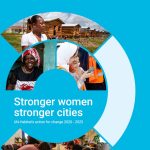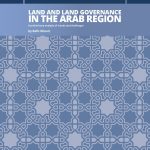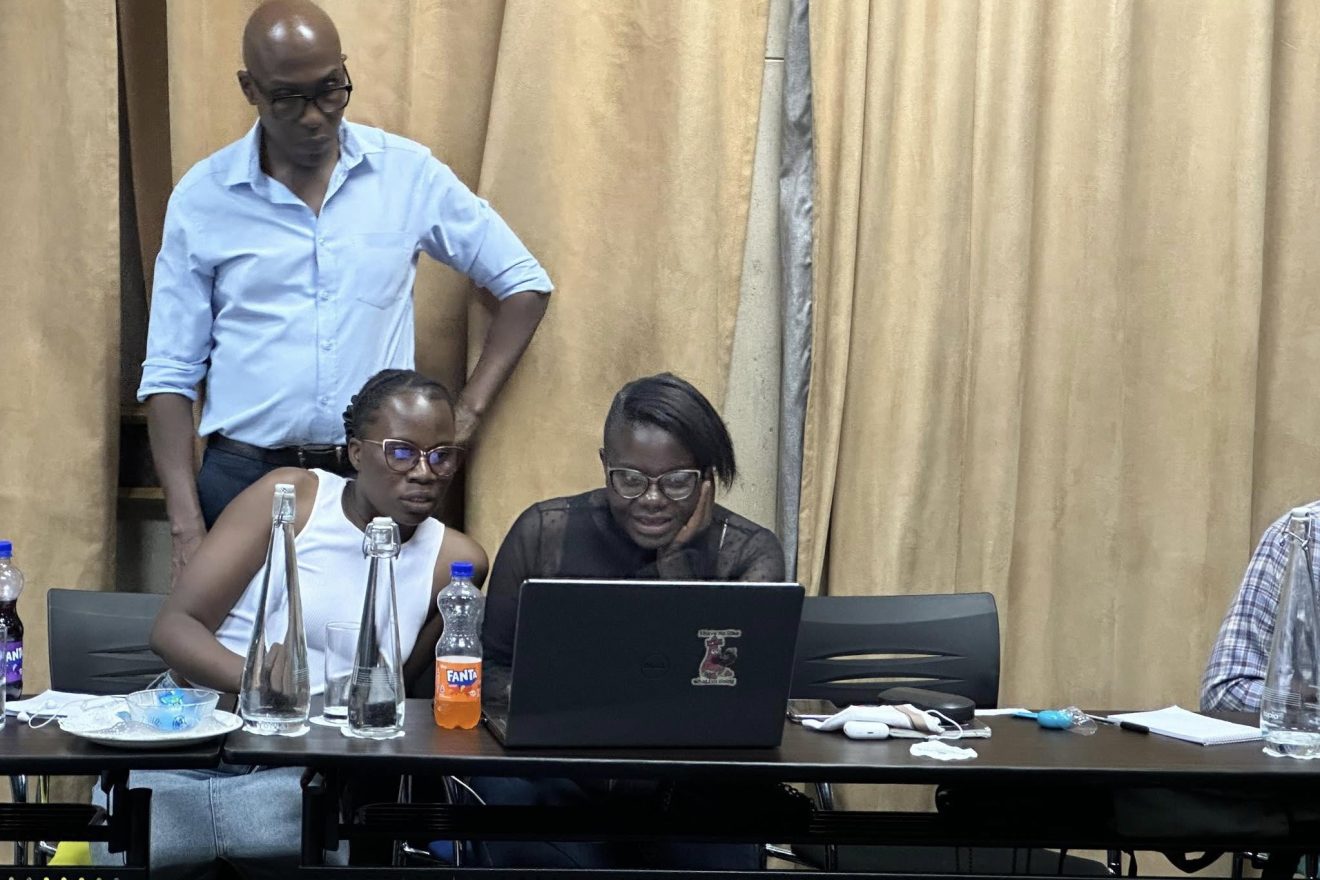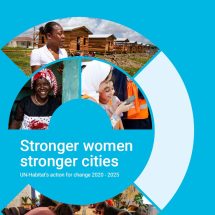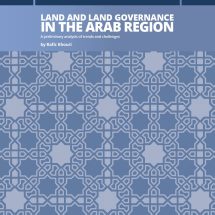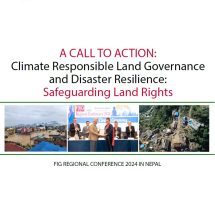GLTN recently conducted intensive training to build capacity on the use and application of select innovative land tools and approaches in line with addressing a recognized demand for practical and validated methods to solve land administration challenges that continue to hinder effective land governance today. The training conducted in Zambia was requested by the People’s Process on Housing and Poverty in Zambia (PPHPZ), a non-governmental organisation that works in close alliance with the Zambia’s Homeless and Poor People’s Federation (ZHPPF) to support the urban poor through advocacy on land, housing, water and sanitation issues, among others, and building their capacity to engage with policy makers. The training targeted both staff and federation members from the local community. Majority of those trained were youth and the training was conducted as part of an upcoming project aimed at addressing water security in Mazyopa, one of the informal settlements in Lusaka with very limited access to water and sanitation. The goal of the project is to inform local urban drought policy and planning processes and to highlight the importance of including displaced communities’ water priorities.
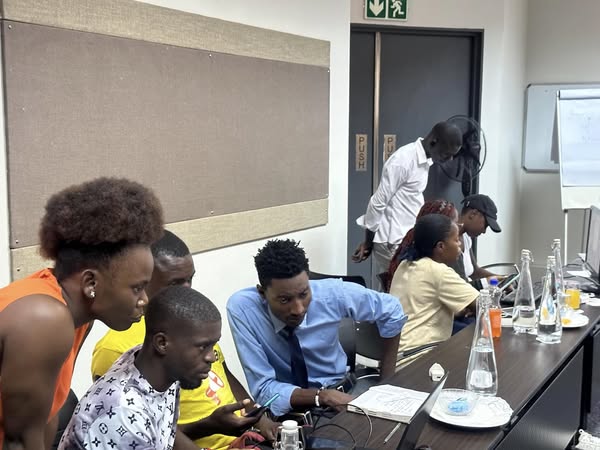
The five-day training focused on the GLTN’s Social Tenure Domain Model (STDM) tool in the context of generating evidence using participatory and community methods to map existing water and sanitation infrastructure and community priorities in the settlement, to facilitate the understanding of everyday challenges with regards to accessing the right to water and strengthening the processes for making water claims by ensuring they are inclusive and accessible for all. The trainees also learned about other GLTN tools including Participatory Enumerations for tenure security, Tenure Responsive Land Use Planning and the Continuum of Land Rights.
The training packages included, introduction to STDM; software setup and installation; data profile customization; hands-on training on entity creation and customization; different data formats in STDM; non-spatial data management; importation of data into STDM; spatial data management; digitization; data exportation; creation of social tenure relationship (STR) between a party and spatial units; use of mobile devices to collect data; to mention but a few. Trainees were also guided on customizing questionnaires which they later used to conduct a practical data collection exercise in the field using mobile and GPS devices. Using this exercise as a pre-test, the trainees were guided by the GLTN facilitator on addressing the gaps realized during the mock data collection exercise in preparation for the real exercise. Additionally, participants learned how to import mobile data collected during the fieldwork exercise and in designing and generating documents from the software.
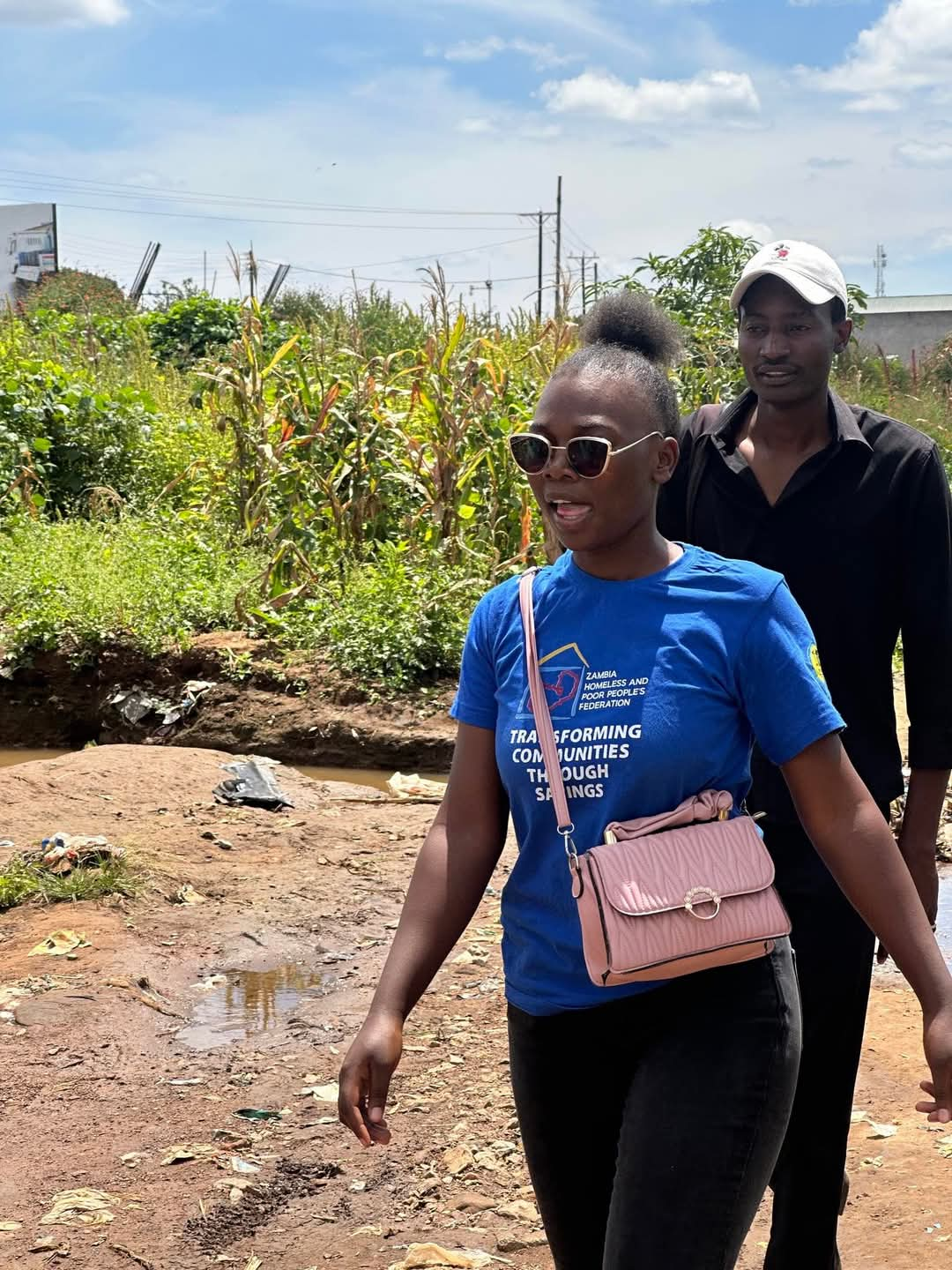
Based on the training objectives set at the beginning of the training (day 1), the training was a success and met the trainees’ expectations as anticipated. Participants learned how STDM is used as a tool for collecting, managing, and linking people-to-land and people-to-resource relationships. During the closing session, participants expressed their enthusiasm in working with the STDM and accompanying tools and appreciated the skills they had gained. It was indicated that these trainees will also support participatory planning processes in the Copperbelt province to facilitate adaptative planning to enhance resilient urban spaces.
This training points to the growing interest of GLTN’s innovative, affordable and adaptable land tools and approaches to guide responsible land administration and in this case to plan the provision of infrastructure and services within the informal settlements. In this current Phase of implementation (2024-2027), GLTN will continue to provide technical support to build the capacity of Partners (national and local institutions including governments and change agents) on tools development and implementation where appropriate, to fill the technical gaps and provide solutions to improving tenure security and basic services globally.

